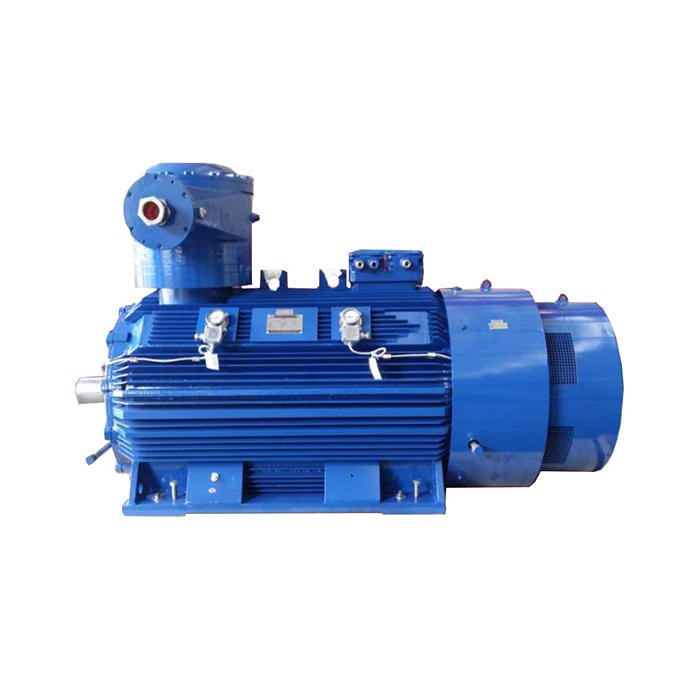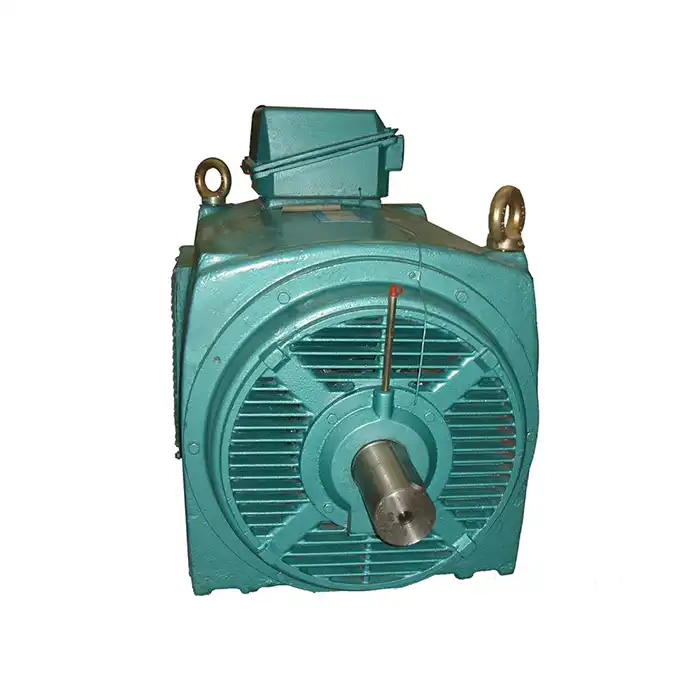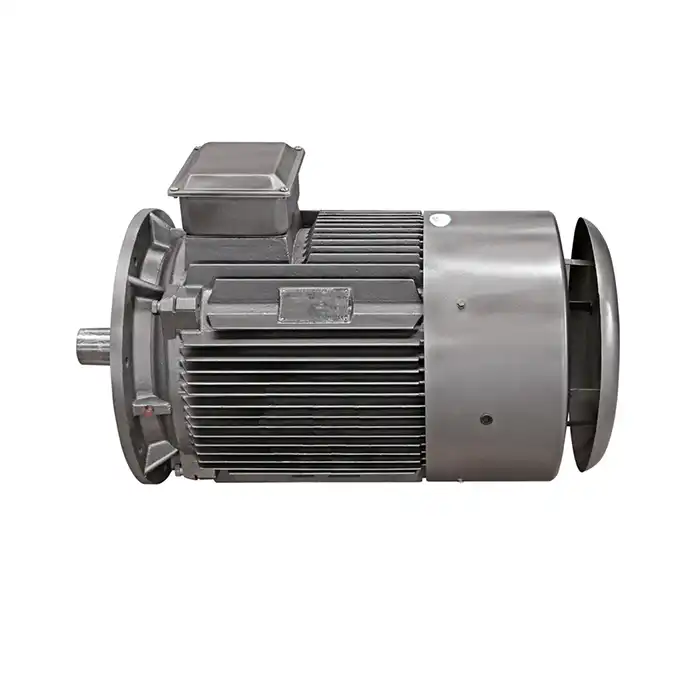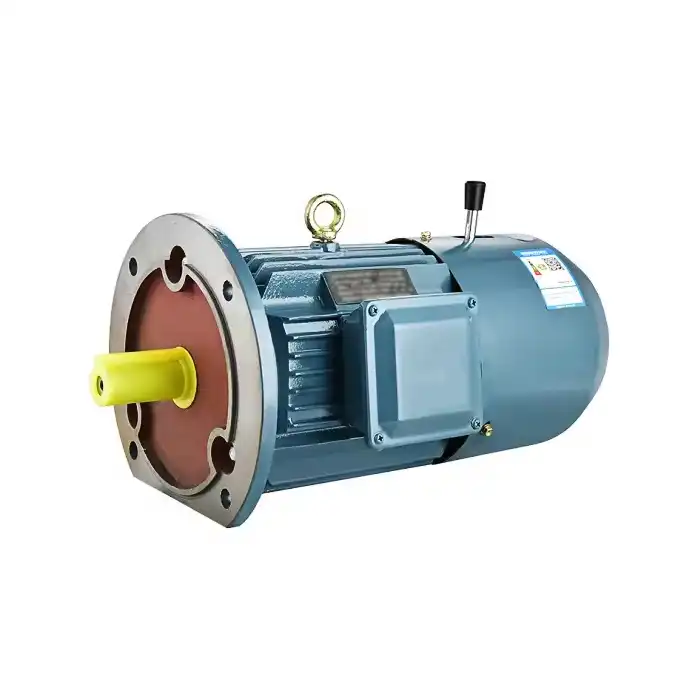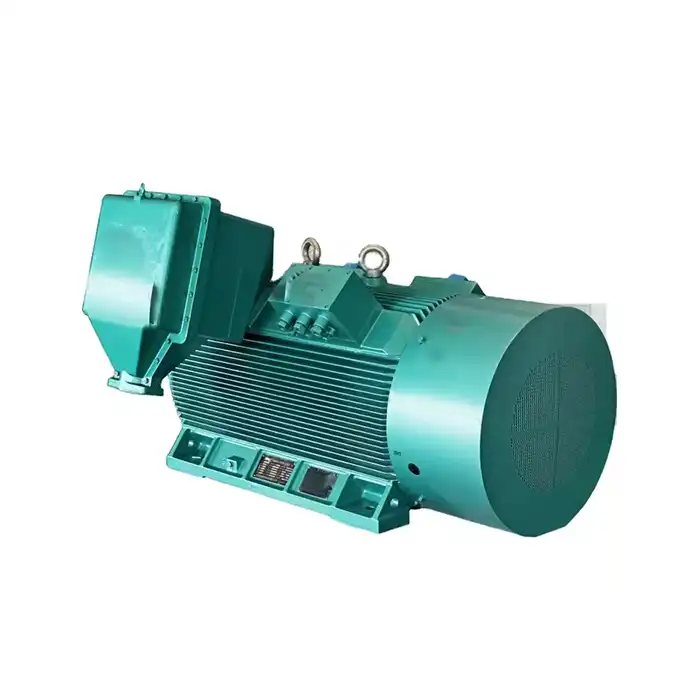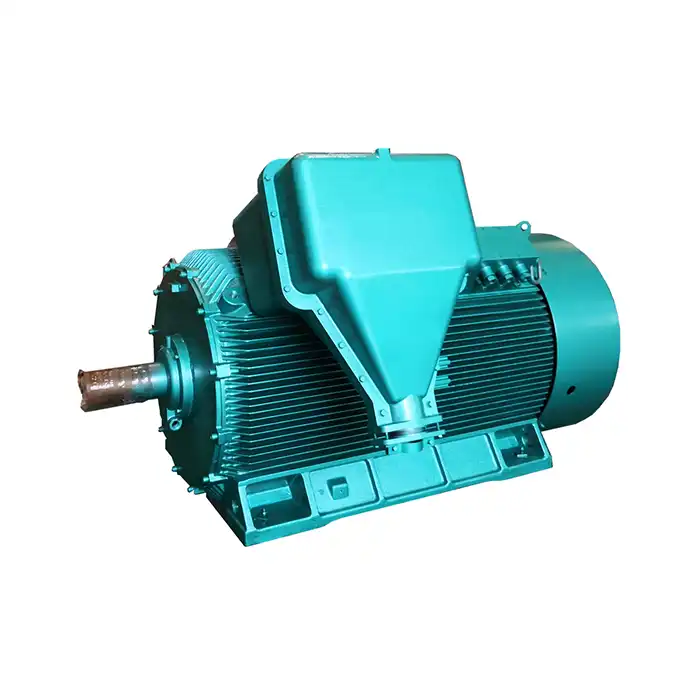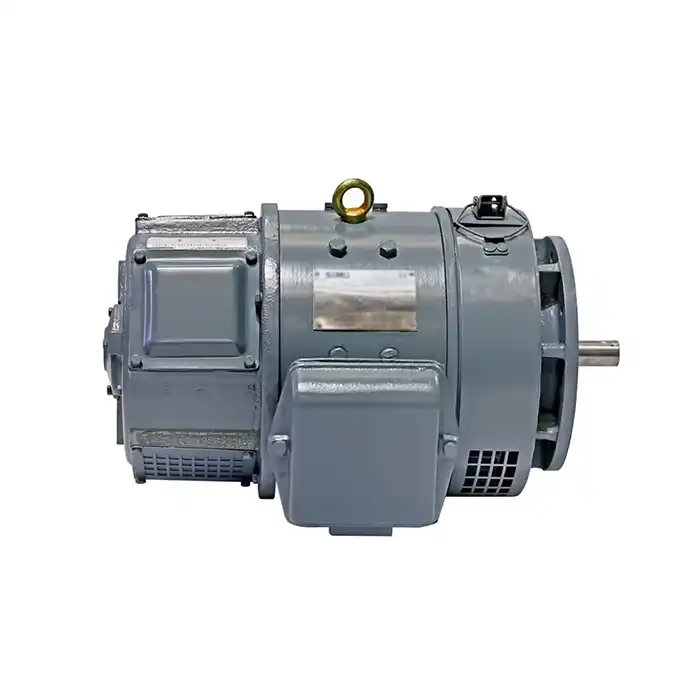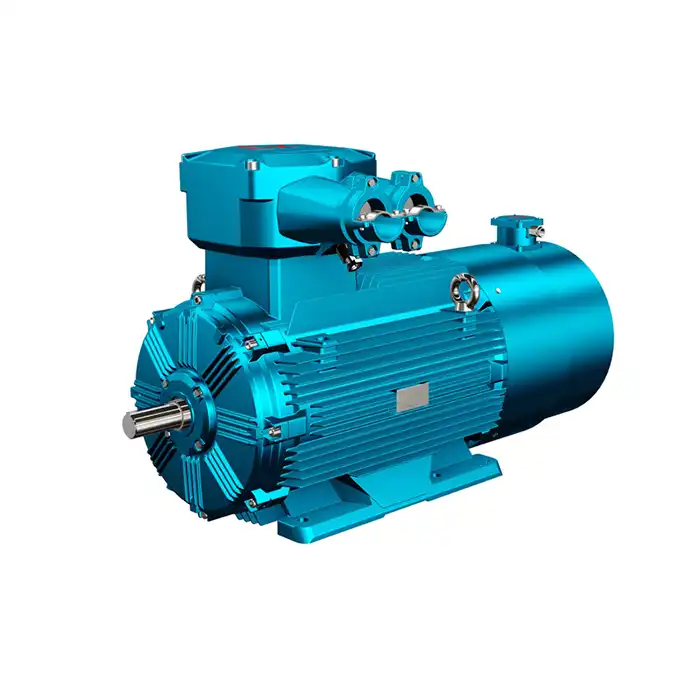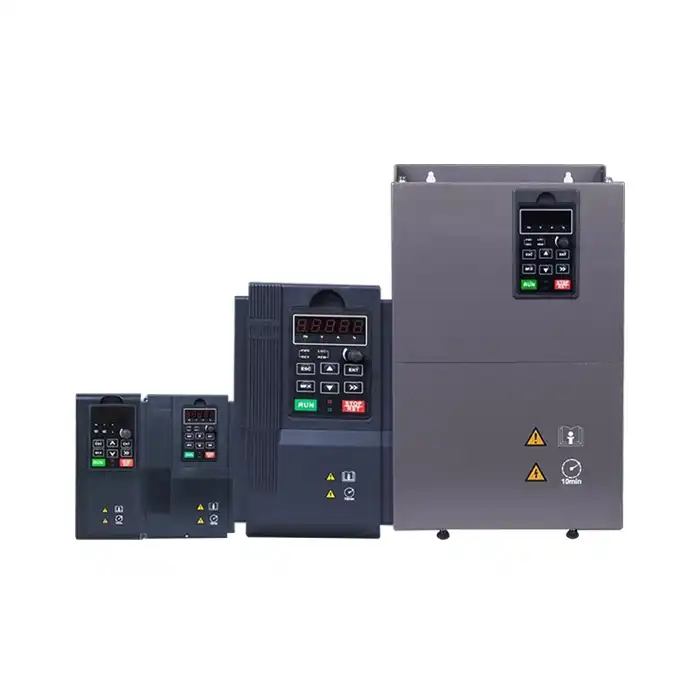Common Overheating Culprits in Industrial Motors
Understanding the root causes of overheating is crucial for maintaining the longevity and performance of your medium voltage induction motor. Let's delve into some of the most frequent issues that can lead to excessive heat generation:
Electrical Overload
When a motor is subjected to loads beyond its rated capacity, it draws more current than it's designed to handle. This excess current flow generates additional heat within the motor windings, potentially leading to insulation breakdown and motor failure if left unchecked.
Inadequate Ventilation
Proper airflow is crucial for dissipating heat generated by medium voltage induction motors. Restricted ventilation due to clogged air intakes, damaged fan blades, or improper installation can cause heat to build up rapidly, leading to overheating issues.
Voltage Imbalance
Uneven voltage supply across the three phases of a medium voltage motor can cause current imbalance, resulting in localized hotspots within the motor windings. Even small voltage imbalances can lead to significant temperature increases and reduced motor efficiency.
Bearing Failures
Faulty bearings can generate excessive friction and heat, which not only affects the bearing itself but can also transfer heat to other motor components. This additional heat load can contribute to overall motor overheating.
Insulation Degradation
Over time, the insulation in medium voltage induction motors can break down due to factors such as age, moisture, and thermal stress. As insulation deteriorates, it becomes less effective at containing heat, leading to increased operating temperatures and potential motor failure.
Preventing Thermal Damage: Best Practices
Implementing proactive measures to prevent overheating is essential for maintaining the reliability and efficiency of your medium voltage motors. Here are some best practices to consider:
Regular Maintenance and Inspection
Establishing a comprehensive maintenance program is crucial for identifying potential issues before they lead to overheating. This should include:
- Periodic cleaning of air intakes and cooling fins
- Inspection of fan blades for damage or imbalance
- Checking and replacing bearings as needed
- Monitoring insulation resistance and addressing any degradation
Proper Sizing and Application
Ensure that your medium voltage induction motor is correctly sized for its intended application. Oversized motors can lead to inefficiencies, while undersized motors may experience overload conditions. Consult with a reputable medium voltage induction motor supplier to determine the optimal motor specifications for your specific needs.
Improving Ventilation
Enhance the cooling capacity of your motor installation by:
- Ensuring adequate clearance around the motor for proper airflow
- Installing additional cooling systems if necessary
- Maintaining a clean environment to prevent dust and debris accumulation
Addressing Power Quality Issues
Work with your electrical team or utility provider to address any power quality issues that may be affecting your motor's performance. This may include:
- Correcting voltage imbalances
- Mitigating harmonic distortions
- Implementing surge protection devices
Implementing Soft Starting and Variable Frequency Drives
Consider using soft starters or variable frequency drives (VFDs) to reduce the thermal stress on your motor during startup and operation. These devices can help manage current flow and reduce heat generation, particularly in applications with frequent starts or variable load requirements.
Temperature Monitoring: Tools and Techniques
Effective temperature monitoring is crucial for detecting and addressing overheating issues in medium voltage induction motors. Here are some tools and techniques to consider:
Embedded Temperature Sensors
Many modern medium voltage motors come equipped with built-in temperature sensors, such as resistance temperature detectors (RTDs) or thermocouples. These sensors provide real-time temperature data, allowing for continuous monitoring and early detection of overheating conditions.
Infrared Thermography
Regular infrared inspections can help identify hotspots and temperature anomalies in your motor system. This non-invasive technique allows for quick and accurate temperature measurements without the need for direct contact.
Motor Current Signature Analysis (MCSA)
MCSA is a powerful diagnostic tool that can detect various motor issues, including those that may lead to overheating. By analyzing the motor's current waveform, MCSA can identify problems such as rotor bar damage, bearing faults, and electrical imbalances.
Continuous Monitoring Systems
Implementing a continuous monitoring system can provide real-time data on motor performance, including temperature trends. These systems can be integrated with your plant's control system to provide alerts and automate shutdown procedures if temperature thresholds are exceeded.
Vibration Analysis
While primarily used for mechanical fault detection, vibration analysis can also help identify issues that may contribute to motor overheating, such as misalignment or bearing problems.
Conclusion
Overheating in medium voltage induction motors is a serious concern that can lead to reduced efficiency, increased maintenance costs, and potential motor failure. By understanding the common causes of overheating, implementing preventive measures, and utilizing effective monitoring techniques, you can significantly extend the life and improve the performance of your industrial motors.
Regular maintenance, proper sizing, and attention to power quality issues are key to preventing thermal damage. Coupling these practices with advanced monitoring tools like embedded sensors, infrared thermography, and continuous monitoring systems will help ensure your medium voltage induction motors operate reliably and efficiently for years to come.
FAQ
1. What is the normal operating temperature range for a medium voltage induction motor?
The normal operating temperature range for a medium voltage induction motor typically falls between 80°C to 125°C, depending on the insulation class and specific motor design. However, it's essential to consult your motor's documentation for exact specifications.
2. How often should I conduct thermal inspections on my medium voltage motors?
The frequency of thermal inspections depends on various factors, including the motor's criticality, operating environment, and historical performance. As a general guideline, conducting thermal inspections every 3-6 months is recommended for most industrial applications.
3. Can overheating cause permanent damage to a medium voltage induction motor?
Yes, prolonged overheating can cause permanent damage to a medium voltage induction motor. Excessive heat can degrade insulation, warp components, and lead to premature failure of bearings and other critical parts. Addressing overheating issues promptly is crucial to prevent long-term damage.
Partner with XCMOTOR for Reliable Medium Voltage Solutions
We at XCMOTOR know how important medium voltage induction motors are to your manufacturing processes, which is why we work tirelessly to provide you with high-quality, energy-efficient motors that can endure the stress of industrial applications. Our extensive product line and dedication to customer service will allow you to maximise the efficiency of your motors and reduce the amount of time they are down.
Don't let overheating issues compromise your operations. Contact XCMOTOR today to learn more about our innovative medium voltage motor solutions and how we can support your specific needs. Reach out to us at xcmotors@163.com to discuss your requirements and discover how our expertise can drive your success.



